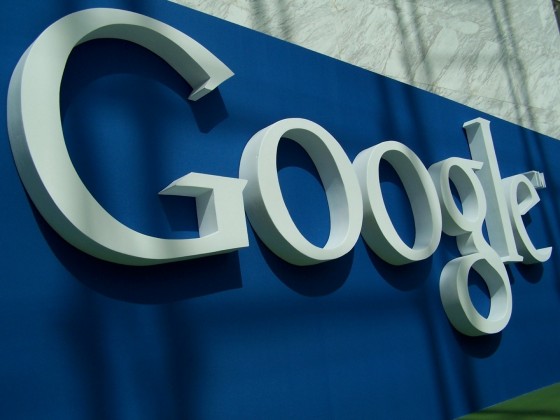 |
Can paid links help your site rank better in search engines? This is a very common question from people new to SEO who are suddenly learning about the value of backlinks and are often being advised to pay for links to boost their rankings.
The whole story of paid links and SEO is actually a bit complicated. As it turns out there are degrees of paid links — some good, some bad, some neutral. Here’s what you need to know about paid links and SEO.
What Google says about paid links
Google’s webmaster guidelines cover paid links pretty explicitly, when they say:
Buying or selling links that pass PageRank is in violation of Google’s Webmaster Guidelines and can negatively impact a site’s ranking in search results.
They then point out that not every paid link is a bad thing, specifically:
Not all paid links violate our guidelines. Buying and selling links is a normal part of the economy of the web when done for advertising purposes, and not for manipulation of search results. Links purchased for advertising should be designated as such. This can be done in several ways, such as:
- Adding a rel=”nofollow” attribute to the <a> tag
- Redirecting the links to an intermediate page that is blocked from search engines with a robots.txt file
What Google is saying here is that it’s fine to have buy links as long as those paid links do not enhance your SEO or boost your search engine rankings in any way. The reason you might pay for a link like that is if you’re paying for an ad on a site — obviously it needs to link to you for the user to click the ad — but with the nofollow tag, that link isn’t helping your rankings at all.
While Google says that all paid links that enhance your SEO are bad, in practice Google contradicts this somewhat.
Paid links that Google loves
One of the single strongest backlinks you can get for your site is a Yahoo Directory listing — Google considers this human-reviewed directory to be very high quality and you get a lot of bang from that link. However, you also have to pay for the link. Being listed in the Yahoo Directory costs $299 per year. In this case, Google clearly deliberately rewards sites that have paid for this directory link.
Similarly, there are some industry directories that it can be very beneficial to be listed in, even if those are paid listings. In the industrial market, Thomasnet is one of these, and the paid links from Thomasnet have a very positive impact on your SEO.
It’s worth pointing out that in both of these cases, the directories do not exist solely to provide Google link juice to your site. These are directories that are used — actually used by actual users to find information. When you get into those generic directories that are little more than link-farms then you’re very much in violation of Google’s guidelines.
As a general rule of thumb, the directories that are probably safe to pay for a listing are the ones that you’d consider paying for a listing even if you got no SEO benefit from the paid links. Google’s pretty good at spotting the ones that are actually useful to end users.
Paid links that Google hates
The real targets of Google’s policy is basically anyplace that you would pay for links solely, or primarily, for the SEO benefit from those paid links. This includes those countless link directories, and paying for link placement on targeted sites.
Almost every linkbuilding scheme that involves paying for hundreds or thousands of links is in clear and blatant violation of Google’s webmaster guidelines. Sometimes these schemes slip through the cracks for a while, but usually Google manages to catch them eventually. Even if Google doesn’t target your site for punishment specifically, odds are good that an algorithm change will devalue those links in the near future.
The best advice when considering paying for links is that the only safe way to acquire paid links is to only pay for links when you’d consider paying for advertising on that site even if you didn’t get any SEO benefit from the link… and even then, be very sure that the site either nofollows their links, or that it clearly falls into one of the narrow “okay” zones from Google.






